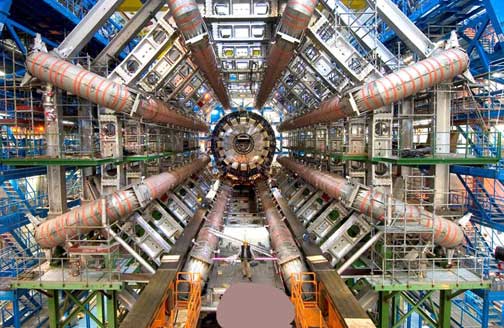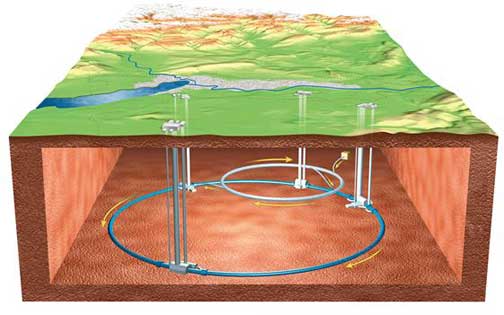“The discovery of Higgs boson particles would be the discovery
of a new force of Nature and the first one we will have seen in over a century.”
- Joseph Lykken, Ph.D., Fermi Lab Particle Physicist


Return to Part 1
September 9, 2008 Batavia, Illinois -
Composition of Universe .4% glowing matter such as stars. 3.6% “normal” matter as we know it in planets and stars. 22.0% cold, invisible “dark matter” detectable only by its gravitational influence on normal matter. 74.0% invisible “dark energy.”
Click here to subscribe and get instant access to read this report.
Click here to check your existing subscription status.
Existing members, login below:
© 1998 - 2024 by Linda Moulton Howe.
All Rights Reserved.

